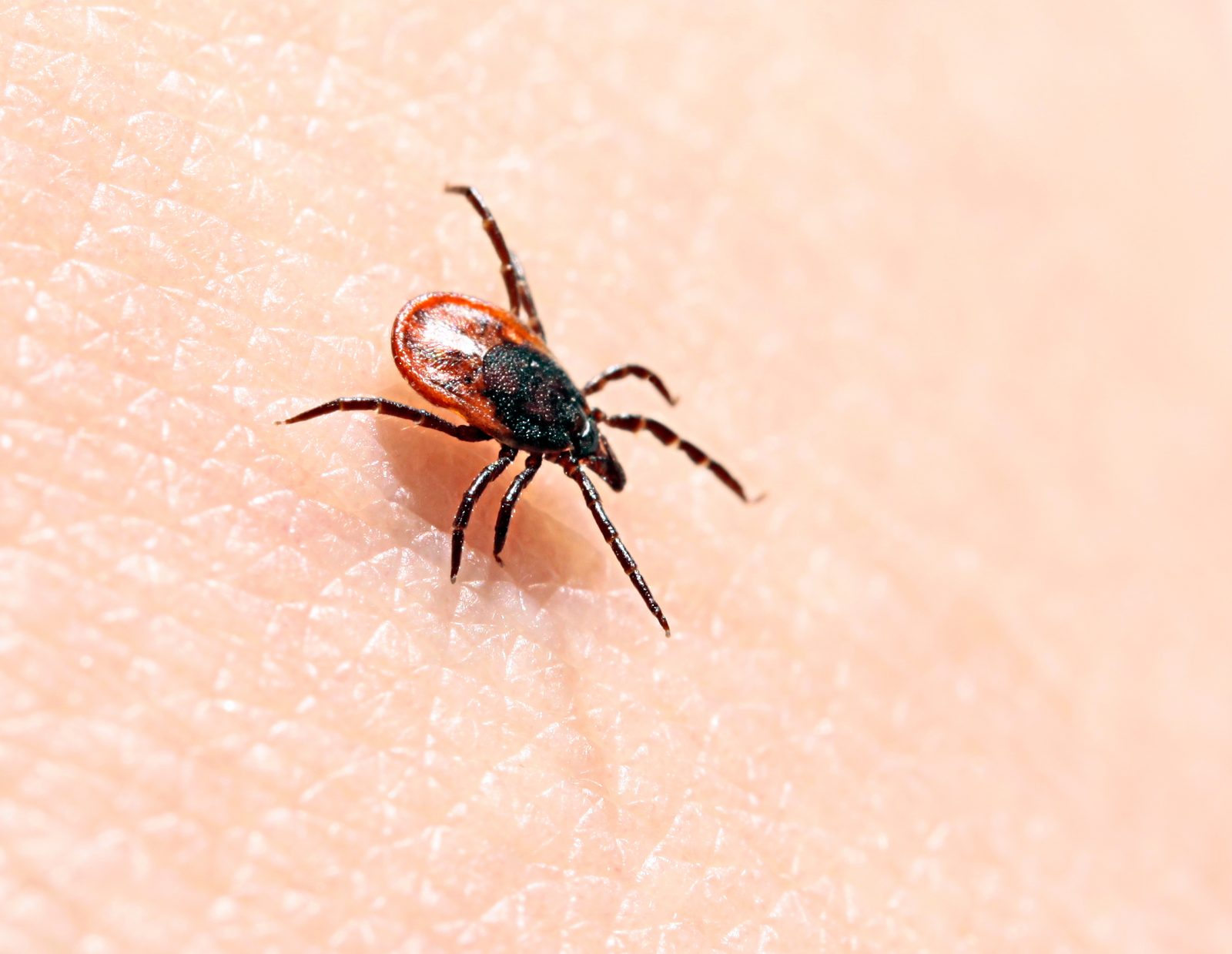CORNWALL & SDG, Ontario – It’s summer and many locals are spending time exploring the beautiful outdoors in our region, or enjoying their gardens. What some might forget is that our area is considered high risk for ticks, especially those that carry the bacteria which causes Lyme disease.
Although the Eastern Ontario Health Unit (EOHU) does not record the frequency of tick bites, they have reported that the most common tick in our area is the blacklegged tick, otherwise known as the deer tick. The Health Unit estimates that over 20 per cent, or more than one in five of these ticks, carries the bacteria which can cause Lyme Disease. The type of tick which can cause an allergy to red meat has not been of concern for our area.
“We have a multitude of ticks and it is important to know that not all ticks are blacklegged ticks, and that among blacklegged ticks, not all carry the bacteria…but we know from past testing that over 20 per cent of the blacklegged ticks do carry the bacteria in our region, and this is why we are considered endemic or high risk,” said Dr. Paul Roumeliotis, EOHU Medical Officer of Health and Chief Executive Officer.
Dr. Roumeliotis reassured that it does take 24 hours for the bacteria to enter the bloodstream of the person who is bitten, so if the tick is removed prior to that length of time, there is no need for concern.
“This means that if one sees a tick and removes it immediately, there is no concern, even if the tick was carrying the Lyme disease bacteria. This is why it is recommended that you check yourself and kids right after you have been in a wooded or grassy area…a shower is also a good way to get rid of any ticks that may have attached,” said Dr. Roumeliotis. “
It is recommended that individuals who have been bitten by a blacklegged tick for more than 24 hour seek immediate medical attention.
“Under such circumstances, a single dose of antibiotics may prevent the infection from occurring. We do not wait to test the tick nor for blood tests. This of course applies to circumstances where that tick has attached for more than 24 hours,” said Dr. Roumeliotis.
Blacklegged ticks do not like sand, according to Dr. Roumeliotis, nor do they fly. The only way a tick can attach itself is if it you have close contact with it.
“Blacklegged ticks are usually in grassy, wooded areas mostly in the shade..they do not like the sun and prefer humid conditions. If you walk on a walkway/path which is cement or sand with a forest or field on each side, the ticks will not be there…if you go off the pathway, and go into the woods or forest though, you might me be exposed,” said Dr. Roumeliotis.
Dr. Roumeliotis noted that persons who work in landscaping in wooded or grassy areas are at a higher risk of exposure to ticks, with many bites occuring around homes that are adjacent to wooded areas.
The following are suggestions provided by the EOHU to help your property become more tick free:
- Keep grass mowed short;
- Trim bushes and trees to let in sunlight (ticks avoid hot, dry locations)
- Create a border of gravel or woodchips one meter or wider around your yard if you’re next to a wooded area, or one with tall grasses
- Remove leaf litter, brush and weeds at the edge of the lawn and from stone walls and wood piles;
- Keep children’s swing sets/playground equipment/sandboxes away from wooded areas and consider placing these on a woodchip/mulch foundation;
To view a map that outlines where ticks are high risk in Ontario, click here. To visit a page in which you can upload a photo of a tick and it will identify the type, click here.




